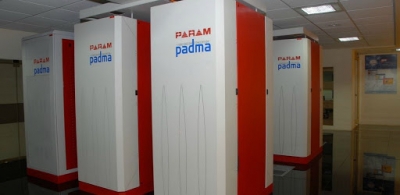
When India built its own supercomputer, PARAM, it took the world by surprise, especially the U.S. In the 1980s, India was buying supercomputers from the U.S. but it had to fight constant battles with it over license. The then George H.W. Bush administration in the U.S. denied to export Cray supercomputer to India fearing we could use it to make nuclear weapons and missiles. This forced India to develop its own supercomputer. It set up the Centre for Development of Advanced Computing (C-DAC), with Vijay Bhatkar as its director, in Pune, in March 1988, to develop a HPC system to meet high-speed computational needs in solving scientific and other developmental problems. Within three years, Indian scientists succeeded in creating a supercomputer, PARAM 8000, with a capability of one giga floating point operations a second (1 Gflops). This was 28 times more powerful than the Cray supercomputers, India was supposed to import from the U.S. Apart from taking over the home market, PARAM attracted 14 other buyers. It set the platform for a whole series of parallel computers, called the PARAM series. The success in supercomputers catapulted India to new heights in Information and Communication Technology, space science, missile development, weather forecasting, pharmaceutical research and much more.
Picture Credit : Google
